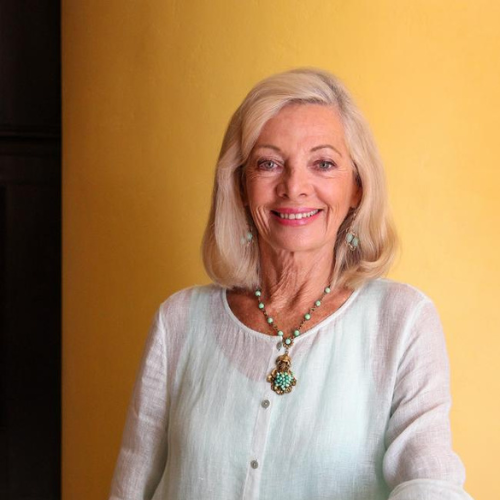THE FIVE MAIN TYPES OF GYNAECOLOGICAL CANCER
Gynaecological cancer is complex. While there are five main types of gynaecological cancer: cervical, ovarian (including fallopian tube cancer), uterine (including endometrial cancer), vulvar and vaginal. There are over 230 morphological sub-types.
Click on one of the boxes below to find out more about the main sub-types of gynaecological cancer:

Uterine Cancer

Cervical Cancer

Ovarian Cancer

Vulvar Cancer

Vaginal Cancer
Saving Women's lives is paramount
The loss doesn’t stop with the death of the woman, life-altering impacts for her family and community that can endure many lifetimes.
In the next 10 years alone, more than 42,900 children will lose their mothers.
The path to saving women’s lives from gynaecological cancer begins with research. Research that is funded with your support.


Silent Diseases
Unlike other cancers and chronic diseases, gynaecological cancers grow silently during the curable stage, so that when detected, the cancer is often advanced and incurable.

Limited Options
55% of gynaecological cancer diagnoses are rare or less common, often leaving patients with limited or no treatment options. More research is needed to provide more options for patients.

Rising Diagnoses
Over 7,000 women in Australia and New Zealand are diagnosed with a gynaecological cancer every year, with diagnoses expected to surge by 21% over the next 10 years.Key Information
Click each option below to learn more. For more in-depth information, please visit Cancer Australia's website.
Impact of Gynae Cancer
- Every day, 24 women in Australia and New Zealand are diagnosed with a gynaecological cancer.
- 7 women tragically lose their lives to a gynaecological cancer every day in Australia and New Zealand.
- Over 7,300 women in Australia and New Zealand are diagnosed with a gynaecological cancer every year.
- 23,332 Australian women are living with a gynaecological cancer, including ovarian, cervical, uterine/endometrial, vulvar, and vaginal cancer.
Who is at Risk?
- Anyone assigned female at birth is at risk of developing a gynaecological cancer. They can develop at any age and at any stage of life across all states and territories.
- The highest incidence of all gynaecological cancers is found in regional, remote, and rural areas.
- Aboriginal and Torres Strait Islander women are 1.7x more likely to be diagnosed with gynaecological cancers—particularly uterine and cervical—than non-Indigenous women.
Challenges & Unmet Needs
- 55% of gynaecological cancer diagnoses are rare or less common, often leaving patients with limited/no treatment options.
- While survivorship has significantly improved for most cancers over the past 30 years, gynaecological cancer outcomes have remained largely stagnant, highlighting a critical gap in progress and a need for continued research.
- Gynaecological cancers have no screening programs for prevention, outside of cervical cancer—unlike other cancers (such as breast, lung, and melanoma).
Importance of Research
- The path to saving women’s lives from gynaecological cancer begins with research. Virtually every advance in cancer has been made on the back of clinical trials, according to Professor Clare Scott AM (Renowned Clinician Scientist).
- With over 23,000 women living with gynaecological cancer and diagnoses rising, research is the only way to uncover causes, improve treatments, and ultimately find a cure.

Donate now
In Australia and New Zealand, over 8,000 women are diagnosed with a gynaecological cancer every year and over 2,000 women lose their life. We are working to raise awareness and funds for critical research to change these statistics and help save women’s lives. Join us today.

Our Research
We fund research conducted by ANZGOG, a global leader in gynaecological cancer clinical research. Click below to find out more.














